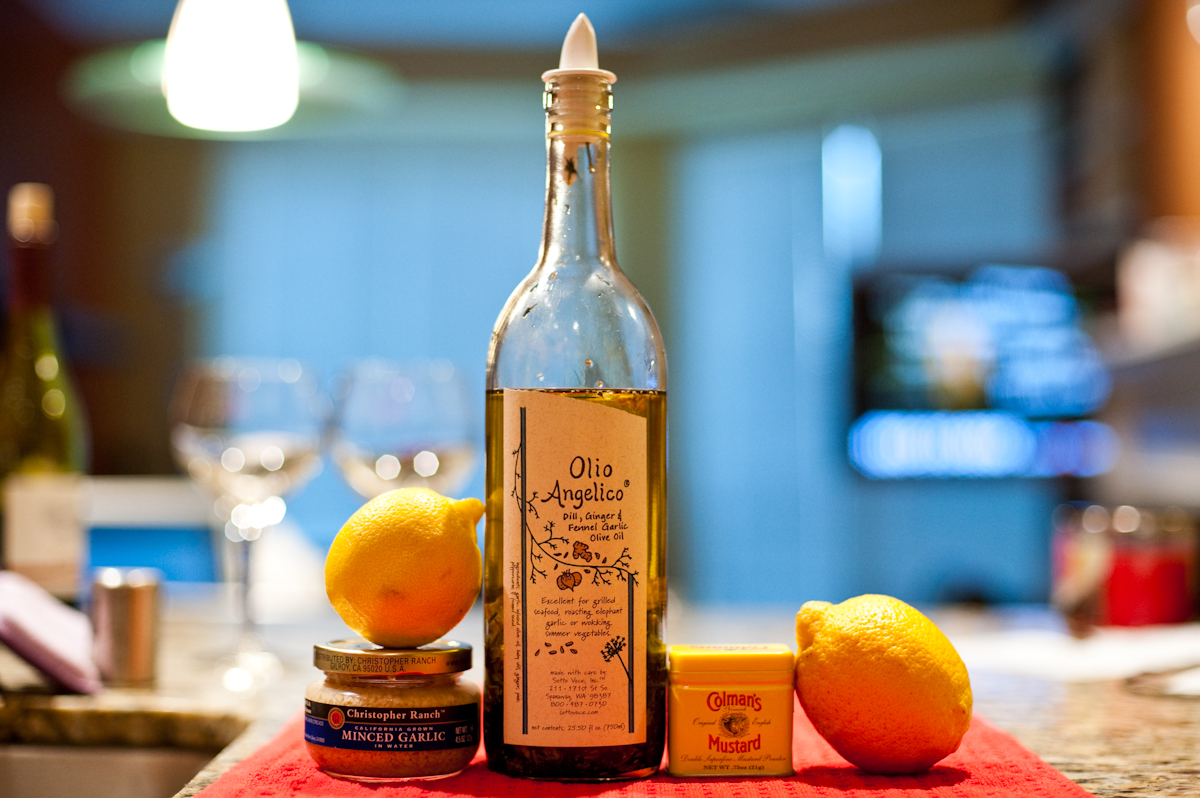By: Maria

The picture above depicts an incredibly healthy assortment of vegetables...right??
What could possibly be wrong with fresh tomatoes, eggplant, bell peppers, and potatoes?!
Perhaps nothing...IF you are in pristine health. On the other hand, if you are personally familiar with or suffer from arthritis, tendinitis, bursitis, periodontitis, allergies, gout, inflammatory bowel disease and any inflammatory condition, these seemingly innocuous vegetables called Nightshades, are probably causing you more problems than you realize.
Nightshades, which include tomatoes, potatoes (not sweet potatoes), peppers (bell, chili, habanero, jalapeno) contain high levels of toxic alkaloids such as solanine (a compound that is known to cause stiffness in muscles and joints) and tomatine (compound similar to solanine, that causes a huge immune response due to damage to cells). These alkaloids are the major culprit in the immune responses mentioned above - most especially arthritis.
Another unknown fact about Nightshades is the nicotine content (yes, n-i-c-o-t-i-n-e). Tomatoes and eggplants having the highest amount - just under tobacco. Although there is not a dispute on nicotine content in nightshades, there are differing opinions on the actual levels. However, for a person that has sensitivities to those alkaloids and, subsequently, dealing with health issues mentioned above, the exact amount makes no difference, since even the slightest amount has an impact on an already affected immune system. Nicotine compromises our body's ability to heal wounds - if you have an already compromised health issue, exposure to nightshades will keep the immune system chronically deficient. Here's another thought-provoking bit of info - for folks that are trying to quit smoking, it is suggested that nightshades are eliminated from the diet so as to exclude all nicotine exposure!
Interestingly enough, if nightshades were to be introduced in our food market at present time, those foods would not be allowed or approved due to nicotine levels.
Some other members of the nightshade family include goji berries, gooseberries cayenne and paprika.
Are ALL people affected by nightshades? Probably not, but I have read enough and seen some rather remarkable changes that lead me to believe that if someone is affected by inflammation and the immune responses mentioned above, it would be wise to eliminate nightshades from the diet completely for 30 days and then re-evaluate your condition and level of symptoms. It is advisable to re-introduce one nightshade at a time in order to keep track of any sensitivity (i.e., re-introduce tomatoes, wait 3-4 days and, if no symptoms arise, move on to the next nightshade. If you have a reaction/recurrence of symptoms, you will at least know which nightshade to avoid).
At worst, you will miss eating some tasty vegetables (salsa anyone?). At best, you could have a drastic reduction or elimination of pain/symptoms and living a better quality of life. In my book, the 30 days would be well worth it.
Read here and here for further information on arthritis and nightshades.
Some other members of the nightshade family include goji berries, gooseberries cayenne and paprika.
Are ALL people affected by nightshades? Probably not, but I have read enough and seen some rather remarkable changes that lead me to believe that if someone is affected by inflammation and the immune responses mentioned above, it would be wise to eliminate nightshades from the diet completely for 30 days and then re-evaluate your condition and level of symptoms. It is advisable to re-introduce one nightshade at a time in order to keep track of any sensitivity (i.e., re-introduce tomatoes, wait 3-4 days and, if no symptoms arise, move on to the next nightshade. If you have a reaction/recurrence of symptoms, you will at least know which nightshade to avoid).
At worst, you will miss eating some tasty vegetables (salsa anyone?). At best, you could have a drastic reduction or elimination of pain/symptoms and living a better quality of life. In my book, the 30 days would be well worth it.
Read here and here for further information on arthritis and nightshades.





